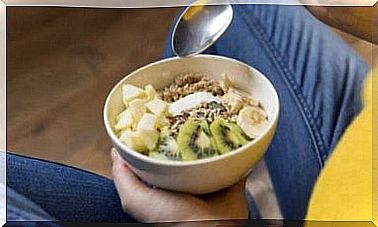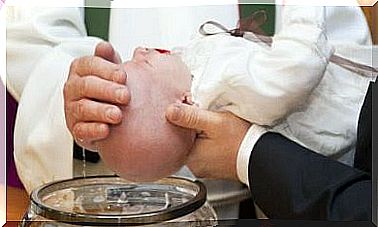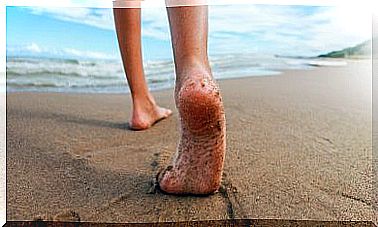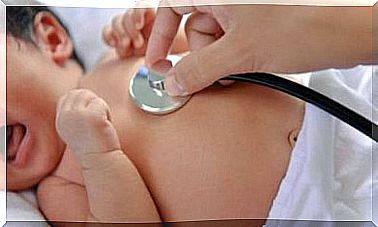The Grip Reflex – What Is It And How Do You Stimulate It?
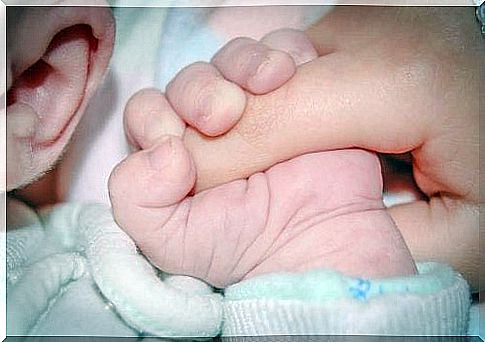
During the first week of life, there comes a time when your baby will close his hand to pick up anything that touches or comes close to his hand. This is the grip reflex. First it is involuntary, then it will be a controlled act.
Few things make us feel the way we do when we touch a baby’s soft hand. But it is even more touching when they begin to seize everything that is within reach. This is their first interaction with the environment. The object of this action can be your fingers, a light toy or your hair.
When they pull on your hair, you can experience the true feeling and firmness of the grip caused by the grip reflex. In fact, when they hold your finger, you can lift them until they stand up on a flat surface and they will still not let go.
The strange thing about the grip reflex is that it is not exclusively for the hands. You will also notice that if something strokes their soles, their toes will bend as if they were catching something.
According to specialists, this is an evolutionary feature. When our ancestors had hair all over their bodies, this act allowed the child to hold on to the mother if there was a risk of danger.
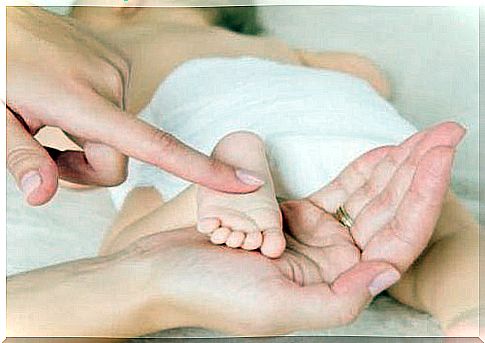
Character traits of the grip reflex
Some traits include:
- Like all reflexes, it is an involuntary act in response to stimuli. It shows on their hands and feet.
- It occurs during the first and second months of life.
- It is a signal that indicates that their nervous system is functioning properly.
- During the third month, the grip begins to weaken but they then have better movement and control.
- From the fourth month onwards, their minds are much more mature and their actions become more intentional and clear. However, they still have difficulty judging distances. From then on, their coordination will develop and they will be able to focus on a desired object with both hands.
- The grip reflex lasts a little longer when it comes to the feet (between 3 and 6 months).
How do we stimulate the grip reflex?
To stimulate the reflex, there are some very simple exercises you can do every day. The easiest (not the least effective) way is to bring your finger to the baby’s palm and let it grip it.
At the same time, the train grip reflex can be stimulated in a similar way. Move your finger or pen to the underside of its feet and observe its toes. If it rolls them up as if it were grabbing something, you witness the train grab reflex.
On the other hand, it is also possible to promote increased mobility and new sensations in your child.
Anything that involves the movement of their arms and legs, the use of their senses, caresses and relaxation exercises, can make them more aware of their bodies. This will allow them to get used to new movements.
Other good allies for this stage are music and colorful toys with light as their hearing and sight are just waking up.
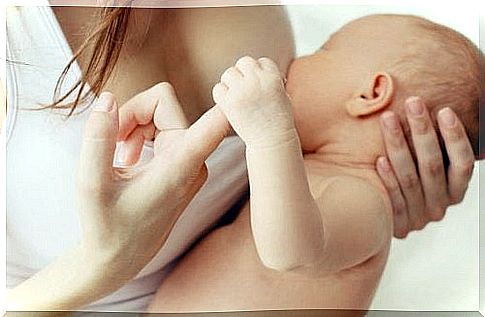
Other reflexes that are common in babies
In addition to the grip reflex, there are other reflexes that may be present during the first months of life.
- The embrace reflex: it is felt immediately after birth. It consists of a jerky embrace-like movement at sudden sounds and effects. It lasts up to about 4 months. Also called the Mororeflex.
- Suction reflex : This can be seen if you touch near or by the baby’s mouth.
- The gait reflex: You can see this when a baby tries to walk when its feet touch a hard surface.
- The gallant reflex: When lying on its stomach, a stroke or light pat on the side of its spine will cause it to turn towards the side on which it was touched.
Other reflexes persist into adulthood. These include sneezing, yawning, coughing, nausea and blinking.

